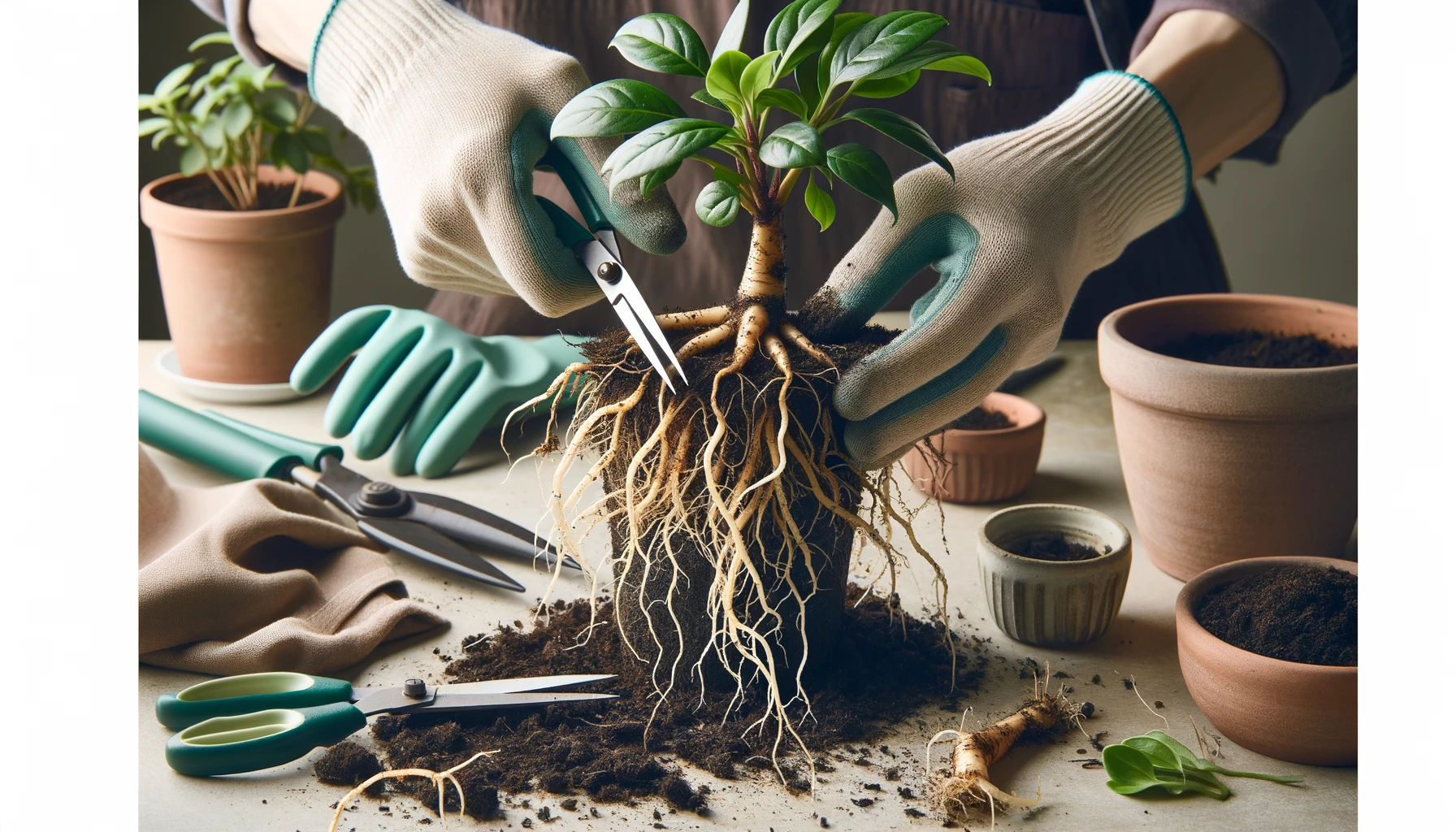Root rot is one of the most common problems plant owners face, often caused by overwatering or poorly draining soil. Left untreated, it can lead to the decline and eventual death of your plant. The good news is that with prompt action and the right care, you can often save your plant. In this guide, we’ll cover the signs of root rot, how to treat it, and steps to prevent it from happening again.
What Is Root Rot?
Root rot is a condition where the roots of a plant become damaged and decay due to excessive moisture. This creates an environment where harmful fungi and bacteria thrive, causing the roots to turn mushy and brown. Healthy roots are firm and white, so any discoloration or softness is a sign of trouble.
Signs Your Plant Has Root Rot
- Yellowing leaves that appear limp or wilted
- Mushy, discolored roots that may emit a foul odor
- Soil that remains soggy for extended periods
- Stunted growth or sudden decline in the plant’s health
- Leaf drop or browning edges
If you notice one or more of these symptoms, it’s time to act quickly to save your plant.
How to Treat Root Rot
Step 1: Remove the Plant from the Soil
Carefully take the plant out of its pot. Be gentle to avoid causing further damage to the roots. Shake off as much soil as possible to expose the roots.
Step 2: Inspect the Roots
Examine the roots closely. Healthy roots are firm and white, while rotting roots are soft, mushy, and brown or black.
Step 3: Trim the Affected Roots
Using clean, sharp scissors or pruning shears, cut away all the rotting roots. Be thorough but careful not to damage healthy roots. Disinfect your tools with rubbing alcohol before and after to prevent spreading pathogens.
Step 4: Rinse the Roots
Rinse the remaining healthy roots under lukewarm water to remove any remaining soil or fungal spores.
Step 5: Repot in Fresh Soil
Choose a new pot with drainage holes or thoroughly clean the old one to remove contaminants. Fill the pot with fresh, well-draining soil suitable for your plant type. Place the plant back in the pot and gently pack the soil around the roots.
Step 6: Water Sparingly
After repotting, water the plant lightly. Allow the soil to dry out slightly between waterings to avoid creating another soggy environment.
Preventing Root Rot in the Future
- Use Well-Draining Soil: Choose a potting mix that allows water to flow freely. Add materials like perlite or sand to improve drainage.
- Ensure Proper Drainage: Always use pots with drainage holes and avoid leaving excess water in saucers or trays.
- Monitor Watering: Check the soil before watering. Only water when the top inch of soil feels dry to the touch.
- Choose the Right Pot Size: Using a pot that’s too large can lead to water pooling at the bottom. Select a pot that fits your plant’s current size.
- Maintain Healthy Airflow: Good ventilation around your plants helps keep the soil from staying too moist for too long.
When Is It Too Late to Save a Plant?
If the majority of the roots are mushy and there’s no healthy growth left, it may be too late to save your plant. In such cases, consider propagating healthy stems or leaves, if possible, to grow a new plant.
Reviving a plant with root rot requires patience and care, but it’s a rewarding process when your plant begins to recover. With proper preventative measures, you can protect your plants from root rot and enjoy a thriving, healthy collection.
